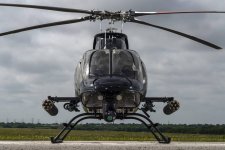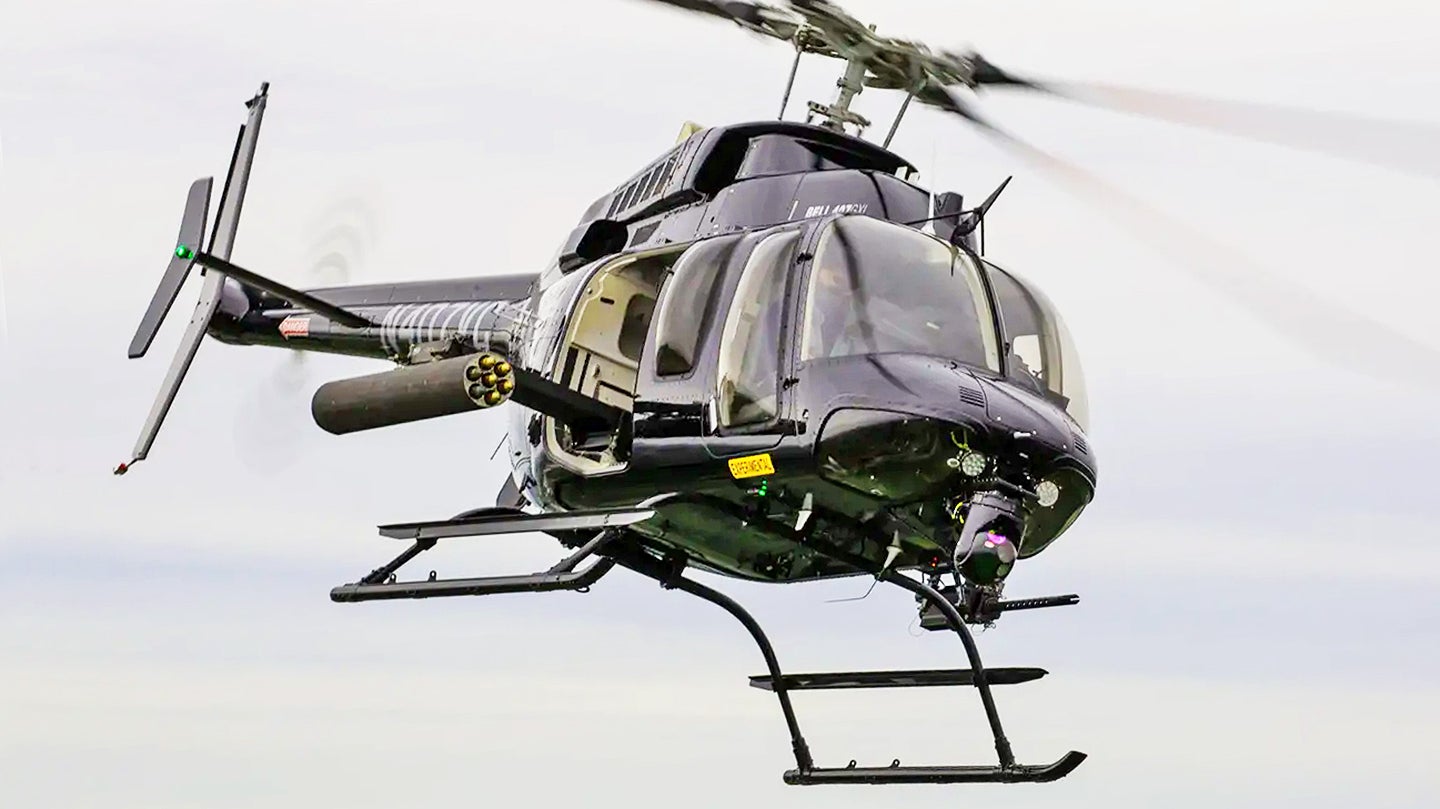I haven’t flown an Osprey in real life, but flew HMX-1’s FSim and it wasn’t a very intuitive power quadrant to me as a fling-wing guy. The Harrier pilots definitely won out over the helo pilots during the design phase. Thrust/power control through the TCL (thrust control lever), not to be confused with the TCL of a Chinook (‘thrust’ is used on a tandem rotor helicopter in place of a single-rotor helicopter’s ‘collective’ control lever), moves linearly forward and aft with increasing power settings in the forward direction, so in hover mode the TCL is pushed forward to rise instead of a pure helicopter’s collective/thrust control levels pulling up/back to rise. Having flown the Defiant X FSim at an Army Aviation exposition, it felt a lot more intuitive, where control of the aft propellor was digitally blended into what most helo pilots would know as the cyclic control lever. That’s not the be all to end all, but in a pinch or critical moment, if the necessary immediate action is counter-intuitive, there may possibly (will) be situation where the outcome may not be as guaranteed as it might otherwise be. We shall see what the end result is.








